
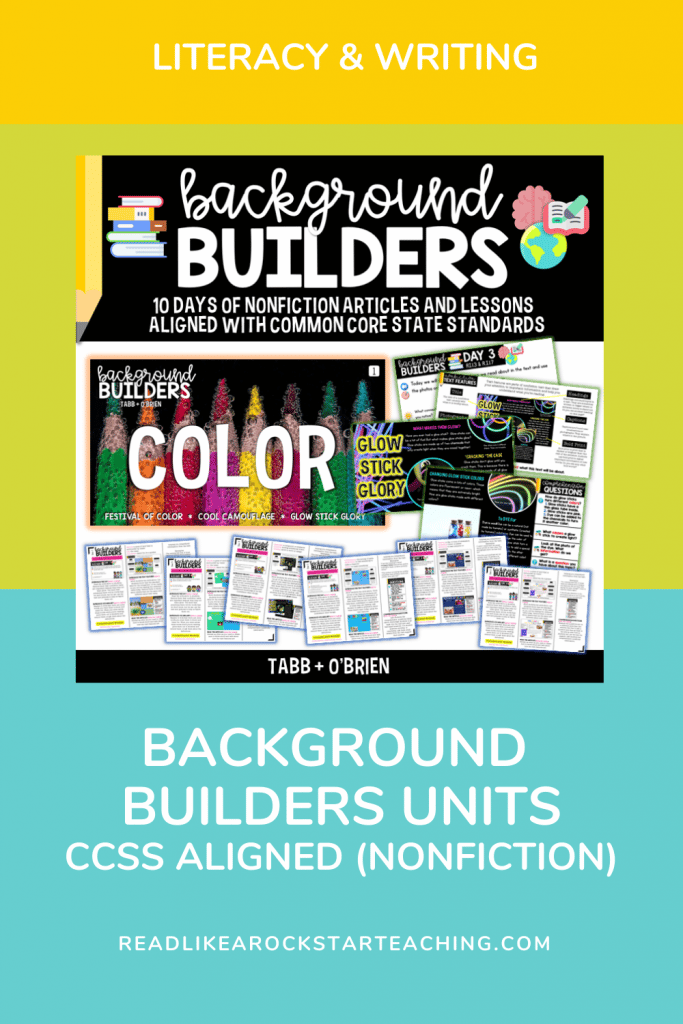
LaNesha and I are so pumped about this shift in our teaching. We don’t know about you, but in our many years in education, teaching nonfiction standards was never our favorite thing to do. It’s one of the things we taught because, well, we have to. We knew that kids needed to be exposed to informational text, but we weren’t passionate about doing it. As we evolved and grew in our practice, we realized how valuable background knowledge is. But we were only applying this to fiction texts, math, science, or social studies lessons. One day, it all clicked for us, nonfiction texts are just background knowledge for kids. For what? For life! For the world around them. For experiences they will have. Kids just need to know things. Not only do they need to know things, but they need to know how to process and think about think about things.
We see now how vital it is to give our students background knowledge and teach them how to acquire it themselves through nonfiction texts.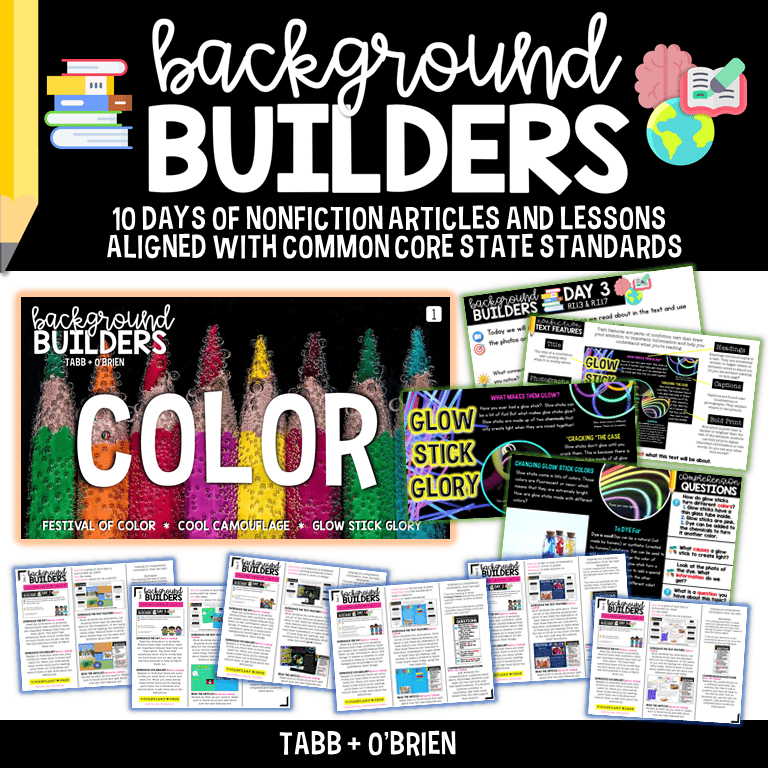
We decided to do this by creating a digital magazine for kindergarten and first grade. Because of the demand for a balanced amount of fiction and nonfiction, a teacher would ideally spend two weeks immersed in fiction text(s) and two weeks in nonfiction each month. We created a unit lasts for two weeks. Eight days of lessons and two days for students to show what they know.

Virtually, or in person, teachers will project the magazine for the class to see. A teacher guide has been included for each lesson that outlines actions to take before, during, and after reading each informational article.

The guide is for teachers only. The parts the students see are in the Background Builders magazine. In the magazine file, teachers and students are able to use every slide to project and teach their lesson from start to finish each day!
Let’s walk through a sample day:
This is day 4 from our unit.
(The teacher’s guide for Day 4 is pictured above. What the students will see is pictured below.)
First things first, remind students that you all are reading a nonfiction magazine that contains articles that teach real information. The theme is color, so students should think about how the article connects to color.
Show students the table of contents. Let them know you will be reading the article titled Can You See Me Now? Ask them what page you will be able to find it on. Ask them to remind you why a table of contents is so useful.

Each day starts by showing the focus standards and objectives. There are also guiding questions included. You can tell students to think about these questions as you are reading today. We encourage you all to have students take notes if this is possible.
*Some students’ notes may look like scribbles or drawings. These attempts at note taking should be valued and encouraged as emerging writers as just starting out.* Our students use dry erase boards and markers. (They stop and jot quick notes, not full on dissertations.)
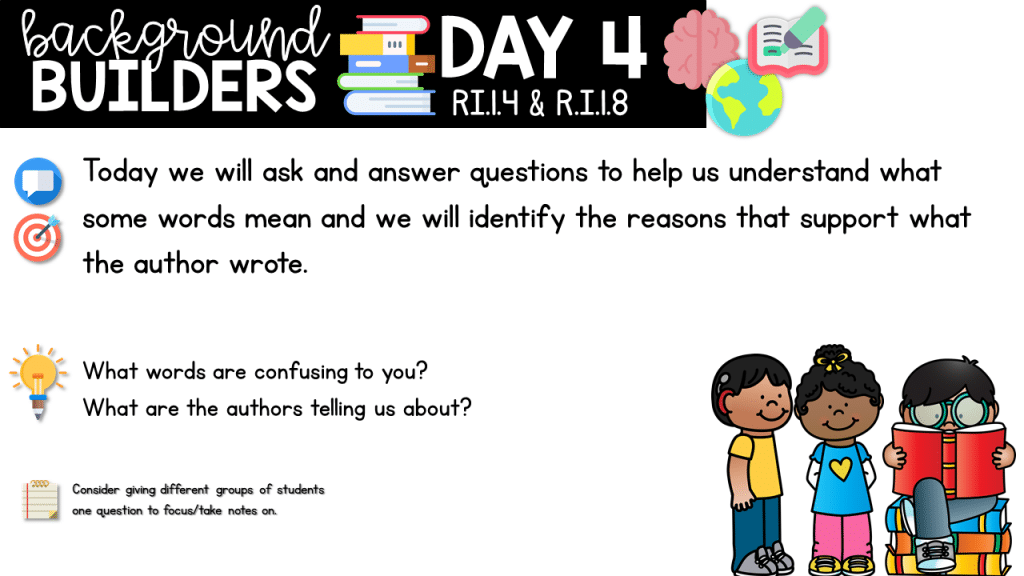
Before each article, you will point out the text features students should look out for in the article. Remind them that text features help readers understand nonfiction texts better. Students will also make a prediction about the topic of the text using the text features.
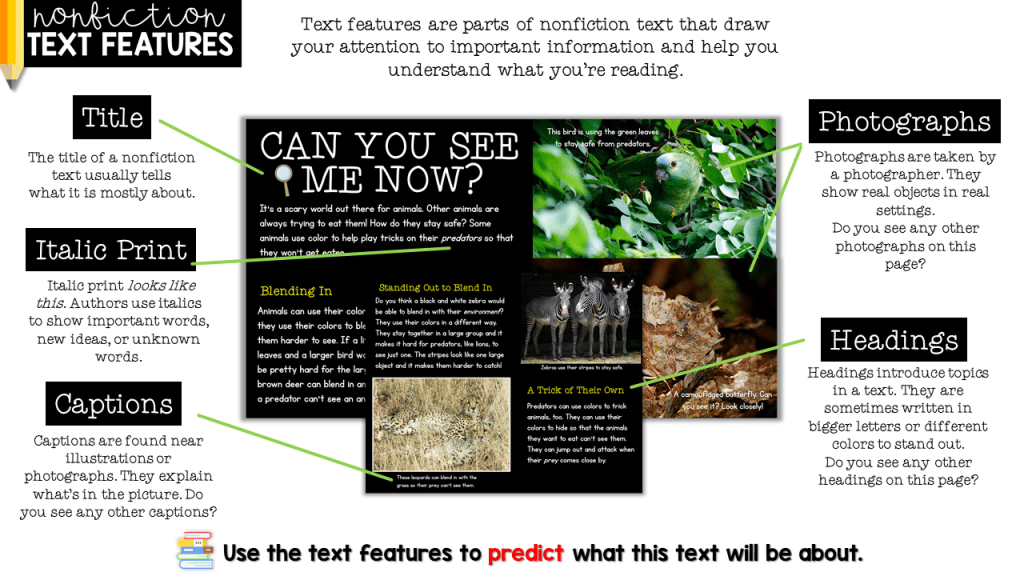
Finally, you will read the text to your students. Don’t forget to read any captions, too! Consider reading the text multiple times, or as requested by students, to support student learning.
As outlined in the included teacher guide, you should think aloud about how text features you are seeing and how they are helping you comprehend the text.

Some articles are one page. Some are two. Each article is accompanied by four comprehension questions that are aligned to the standards chosen for that day to focus on. Remind student to give text-based answered. Reread the text as needed to support students that are having trouble recalling details. You may only need to reread one section of the text for support.
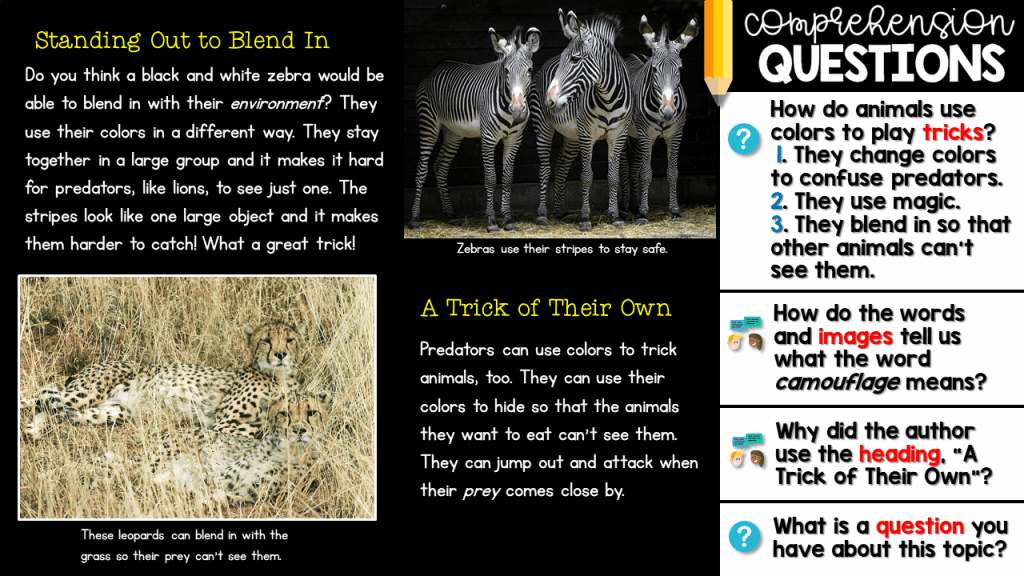
After you have repeated this format for 8 days (reading 8 different articles and rotating the standards being focused on daily), students will show what they have learned by creating their own nonfiction article. They will use different text features to demonstrate their understanding. They will use the same theme as the magazine they read from: colors. (Each issue will have a different theme.
*Suggestions are available with the download of how to complete this task in the face of COVID.
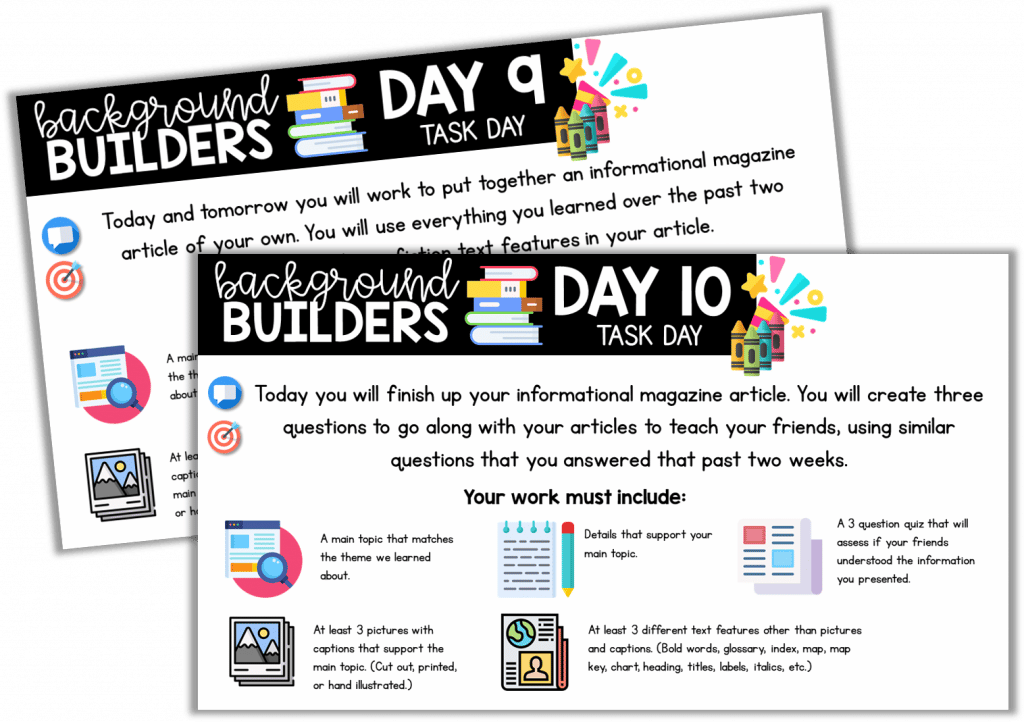
A rubric has been included to assess student articles.
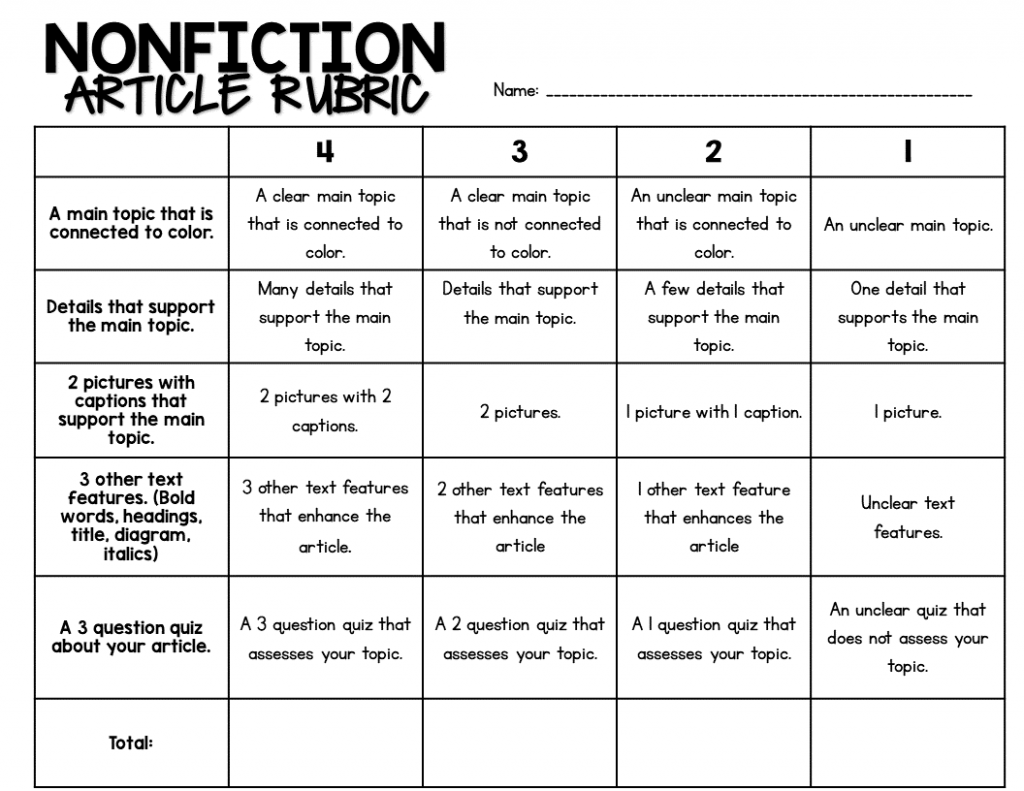
We truly hope this format is helpful for you and fun for students! Encourage students to take their nonfiction skills to the real world by looking for text features in other areas of their lives.
xoxo
Naomi and LaNesa
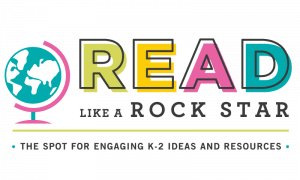

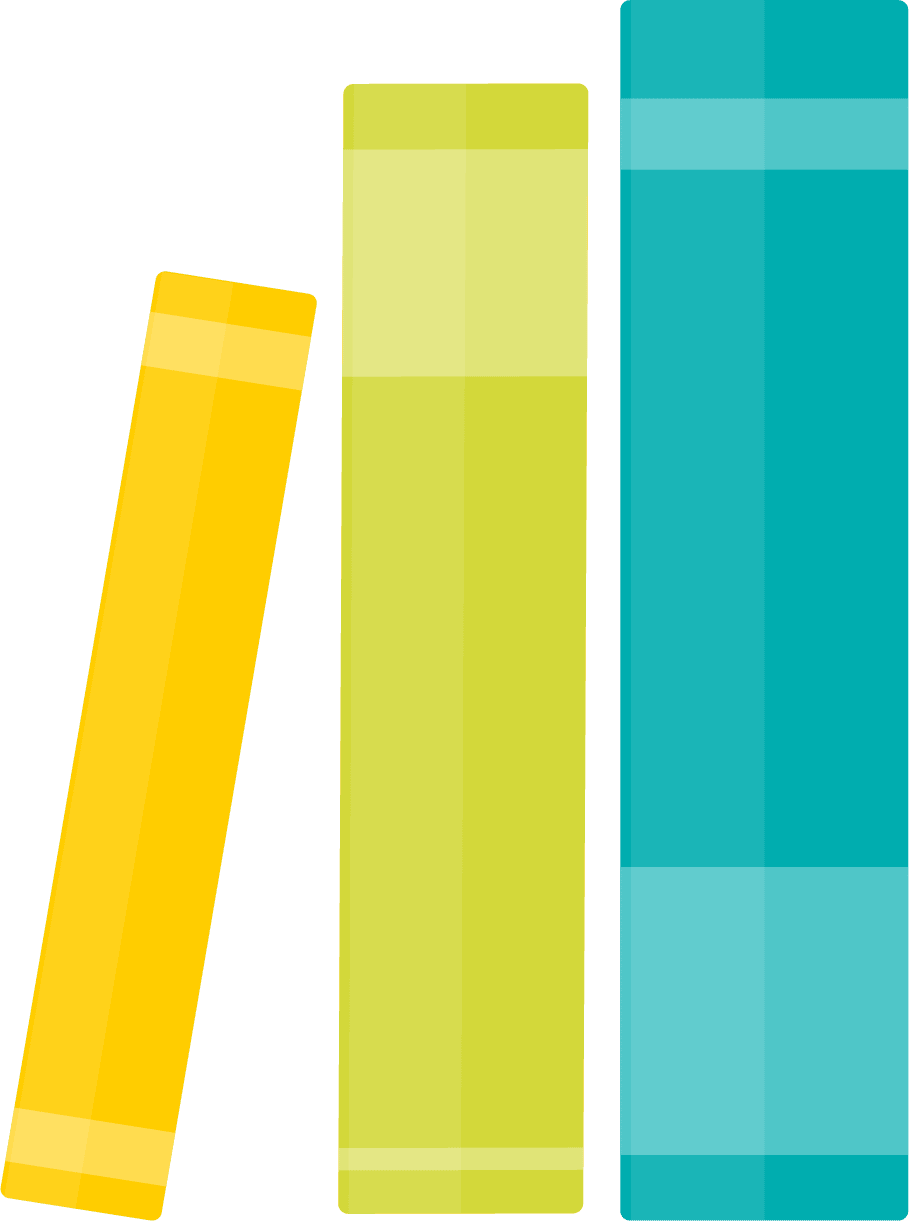

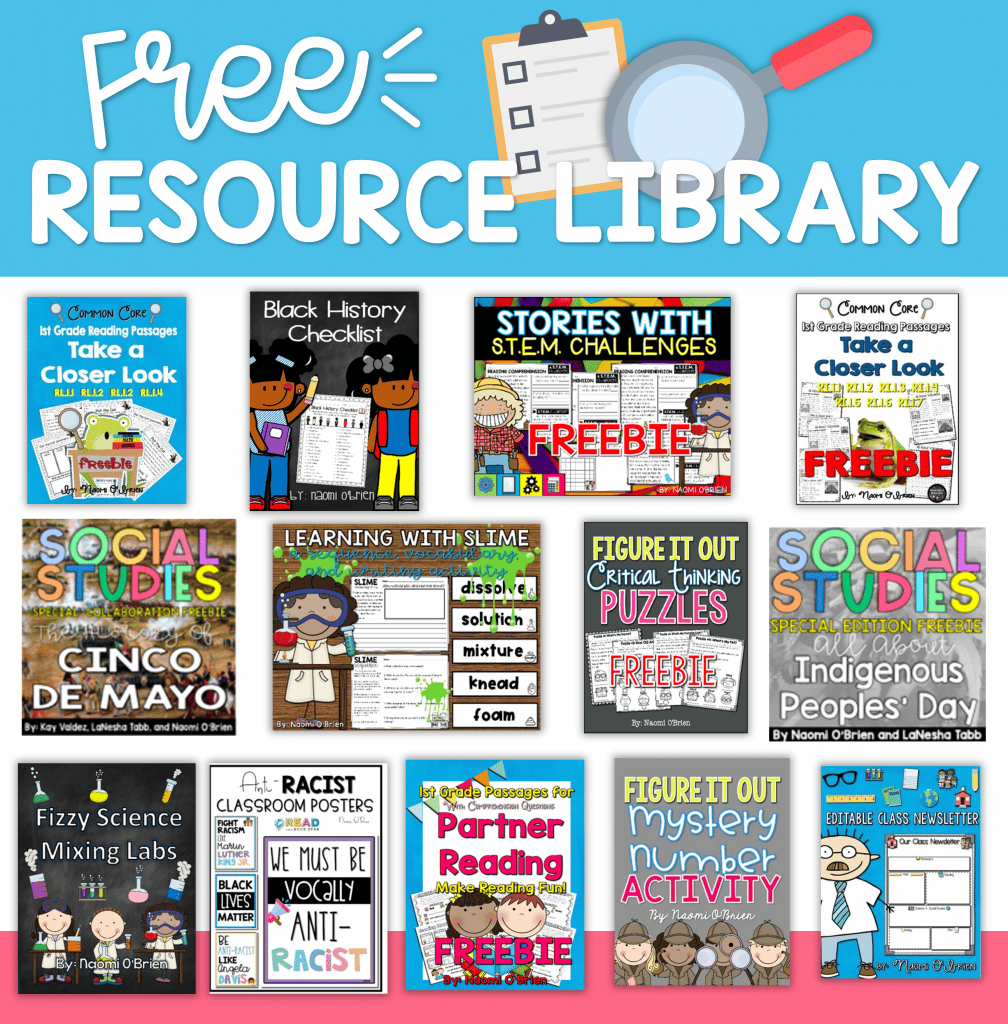
| Cookie | Duration | Description |
|---|---|---|
| cookielawinfo-checkbox-analytics | 11 months | This cookie is set by GDPR Cookie Consent plugin. The cookie is used to store the user consent for the cookies in the category "Analytics". |
| cookielawinfo-checkbox-functional | 11 months | The cookie is set by GDPR cookie consent to record the user consent for the cookies in the category "Functional". |
| cookielawinfo-checkbox-necessary | 11 months | This cookie is set by GDPR Cookie Consent plugin. The cookies is used to store the user consent for the cookies in the category "Necessary". |
| cookielawinfo-checkbox-others | 11 months | This cookie is set by GDPR Cookie Consent plugin. The cookie is used to store the user consent for the cookies in the category "Other. |
| cookielawinfo-checkbox-performance | 11 months | This cookie is set by GDPR Cookie Consent plugin. The cookie is used to store the user consent for the cookies in the category "Performance". |
| viewed_cookie_policy | 11 months | The cookie is set by the GDPR Cookie Consent plugin and is used to store whether or not user has consented to the use of cookies. It does not store any personal data. |
Thank you for your interest in booking a private professional development experience! Please fill out our Booking Inquiry form and a member of our team will contact you soon.